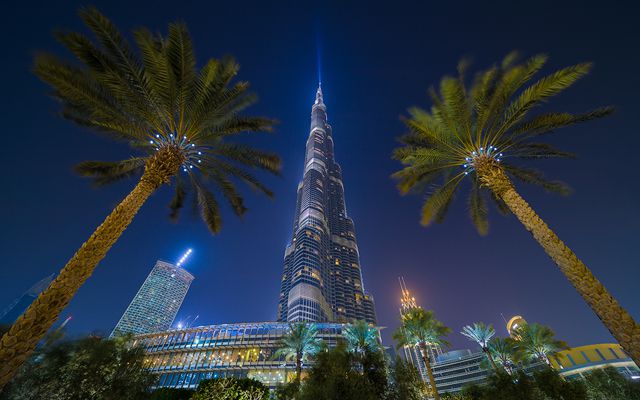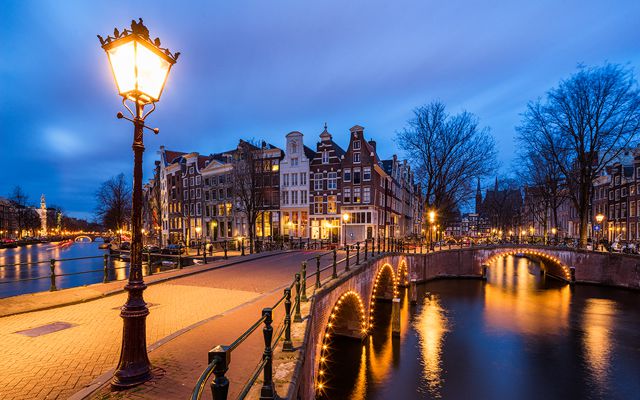Today, I will show you how I edited this blue hour shot taken over Bratislava. So let’s take a look.
As you can see, the base exposure was quite alright, with only some areas overexposes, and some a little dark. It missed detail, contrast and a little color.
For this shot I took 7 exposures. In the end, when checking out the exposure, I did not use the brightest one, as I seen no need, and the second brightest already had a quite nicely exposed shadows. I started in Lightroom, where I corrected the horizon, removed chromatic aberrations and lens distortions. Thenk I continued in Oloneo Photoengine. I actually could have done this differently, but I like how Oloneo Photoengine adds structure and local contrast.
After tweaking strength and contrast in Photoengine, I loaded everything into Photoshop and continued from there (layers numbered from bottom up):
1. Oloneo Photoengine result
2+3+4. I used the darkest exposures to correct the strong highlights on the buildings on the right.
5. There were few lights that were not on in all exposures, and that created ugly black spots in blending, so I had to correct that from one of the brighter exposures.
6. Color efex Detail extractor used on the bottom left, to get more detail in the trees, and a little more variation.
7. Curves to get more contrast into the shot, but not in the bottom left
8. Color efex Briliance/Warmith to get a little more color into the clouds.
And that’s all I did with this image. To find out more on how I edit, check out the guides and before after categories on this blog, or check out my video tutorial series here:



























